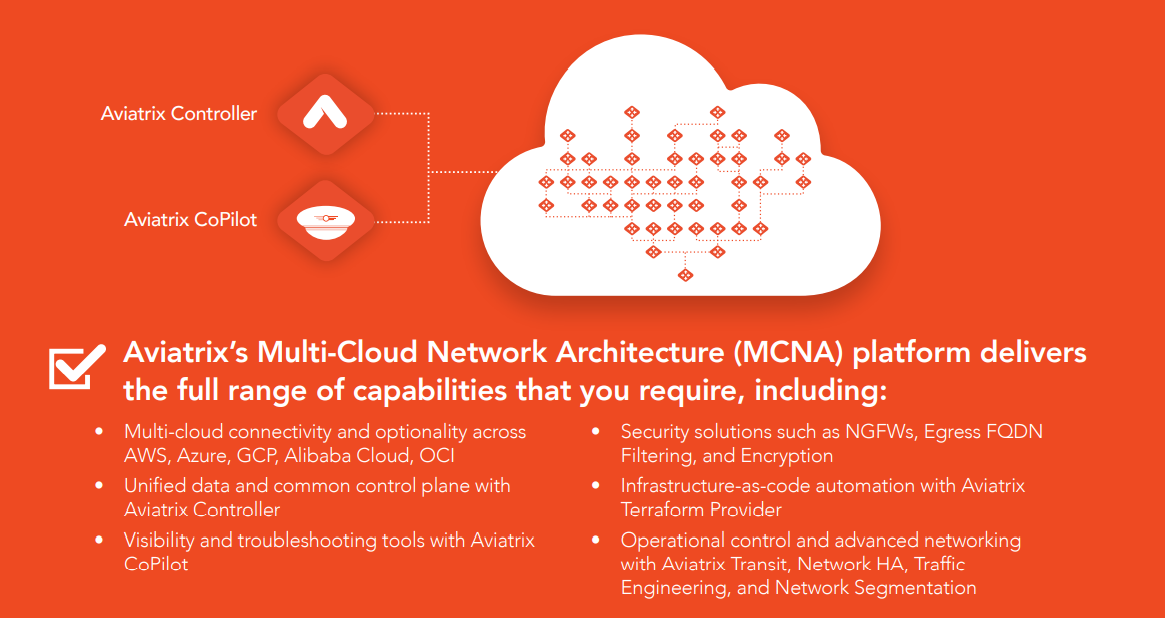 With business leaders prioritizing their enterprises’ rapid digital transformation across diverse geographic regions, devices and platforms, they are increasingly turning to multi-cloud solutions to achieve the level of agility and flexibility required. In fact, a recent Gartner survey of public cloud users found that 81% of respondents said they were working with two or more providers. According to Gartner VP Analyst Michael Warrilow, “Most organizations adopt a multi-cloud strategy out of a desire to avoid vendor lock-in or to take advantage of best-of-breed solutions.”
With business leaders prioritizing their enterprises’ rapid digital transformation across diverse geographic regions, devices and platforms, they are increasingly turning to multi-cloud solutions to achieve the level of agility and flexibility required. In fact, a recent Gartner survey of public cloud users found that 81% of respondents said they were working with two or more providers. According to Gartner VP Analyst Michael Warrilow, “Most organizations adopt a multi-cloud strategy out of a desire to avoid vendor lock-in or to take advantage of best-of-breed solutions.”
In the process of building a multi-cloud architecture, however, it’s critical to go beyond the built-in networking and security capabilities that many cloud providers offer. Enterprises that don’t pre-think how they’ll ensure advanced networking, security, and visibility to optimize control of traffic patterns and potential security risks across all clouds may find that they’ve moved into a house built on an unstable foundation or a confining blueprint.
As the enterprise environment grows, relying on cloud-native tools doesn’t always easily scale. It becomes particularly difficult to scale these solutions when they are built by individual networking experts within the enterprise. If those experts leave, they may not be able to transfer their expertise. Enterprises may also have one team dedicated to each cloud, finding that these groups fail to communicate effectively and perhaps even compete against one another.
Before migrating to the multi-cloud, any modern business must design network architecture for advanced networking and services, visibility and troubleshooting capabilities, security and compliance across every application layer, and automation.
In our “Checklist for Building a Future-Ready Multi-Cloud Network,” we share the components that we include in our Multi-Cloud Network Architecture (MCNA). Our aim with this Checklist is to be transparent about any elements that are crucial to successful multi-cloud architecture design, including:
#1 Creating a high-level design supporting multi-cloud connectivity. You need a system that grants you multi-cloud optionality across major cloud providers and consistent visibility and troubleshooting tools.
#2 Defining repeatable and consistent security segmentation and isolation for every layer. Next-Gen Firewalls (NGFWs), high-performance encryption, and the ability to process data from multiple sources and segment user access are critical capabilities of any modern multi-cloud architecture.
#3 Setting up automated tools and processes to drive scale and productivity. Infrastructure-as-code solutions enable you to foster cross-team ownership, preserve institutional memory, and reduce your skills gap.
#4 Planning for real-world scenarios and advanced networking and services needs. You should be able to refine and control network traffic with best-of-breed BGP controls. Avoid native construct limits and augment native capabilities to plan for scale and future M&A or third-party integrations.
#5 Preparing for Day 2 operations and troubleshooting. You should be able to leverage common troubleshooting tools and get a real-time view of your cloud footprint so your teams can act quickly in response to incidents. Modern multi-cloud architectures offer advanced troubleshooting features like packet captures and NetFlow data across clouds as well.
Keeping the above elements in mind will help you build a solution that seamlessly scales with your business. Download the full Checklist to learn more about how to design a multi-cloud architecture that drives your organization’s goals. You can also view our “How to Build a Multi-Cloud Network Architecture” webinar recording or talk to us about seeing a demo today.


